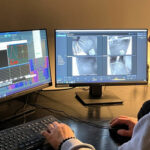 … and since we make the most of every clear night, we have a warm control room for our telescopes in winter. So turn on the heating, connect the telescopes to the computer, put some hot tea on the table, put on some music and off we go. As part of a so-called engineering run, we are still adjusting and commissioning all the parameters on and around our large telescope. Remember: big telescope = lots of work. This time it was all about automatic tracking and taking corrections for a raw image.
… and since we make the most of every clear night, we have a warm control room for our telescopes in winter. So turn on the heating, connect the telescopes to the computer, put some hot tea on the table, put on some music and off we go. As part of a so-called engineering run, we are still adjusting and commissioning all the parameters on and around our large telescope. Remember: big telescope = lots of work. This time it was all about automatic tracking and taking corrections for a raw image.
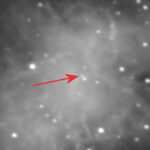 The Crab Nebula in Taurus was ideal for this. Even with an exposure time of just 10 minutes, we can see the filaments of the nebula. No wonder with our giant telescope. The erratic cloud, which expands at 1,500 kilometers per second, originates from a star that exploded in the sky over 6,000 light years away, which Chinese astronomers discovered in 1054. This so-called supernova could even be seen in the daytime sky. What remained was a so-called neutron star, which rotates around 30 times per second. It has more than one solar mass, but is only around 10 km in diameter. A teaspoon of this matter weights as much as the largest loaded oil tanker in the world. The neutron star is marked in the image section.
The Crab Nebula in Taurus was ideal for this. Even with an exposure time of just 10 minutes, we can see the filaments of the nebula. No wonder with our giant telescope. The erratic cloud, which expands at 1,500 kilometers per second, originates from a star that exploded in the sky over 6,000 light years away, which Chinese astronomers discovered in 1054. This so-called supernova could even be seen in the daytime sky. What remained was a so-called neutron star, which rotates around 30 times per second. It has more than one solar mass, but is only around 10 km in diameter. A teaspoon of this matter weights as much as the largest loaded oil tanker in the world. The neutron star is marked in the image section.
Images: Thomas Eversberg, Sven Dau & Michael Haake. Text: Thomas Eversberg


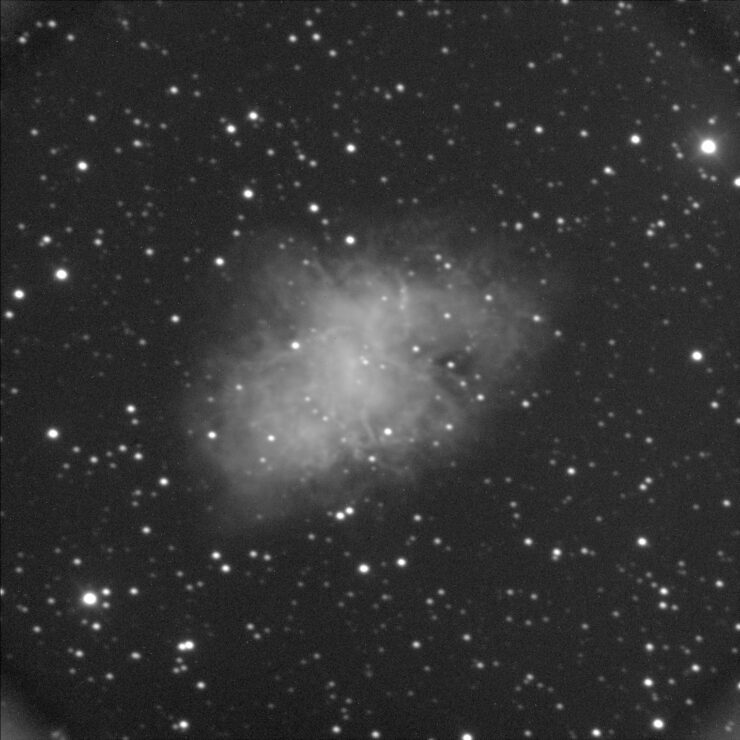
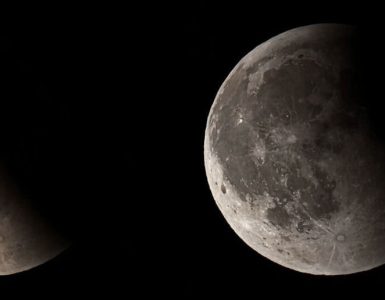
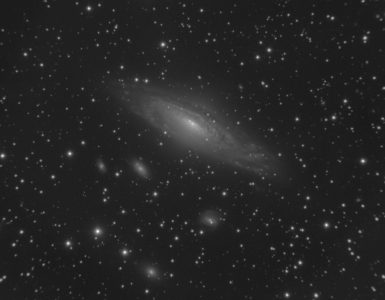
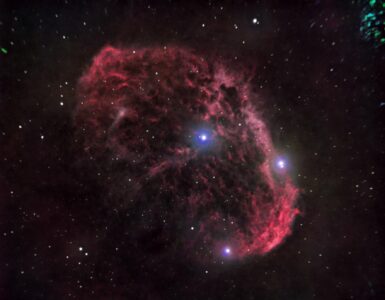
Add comment